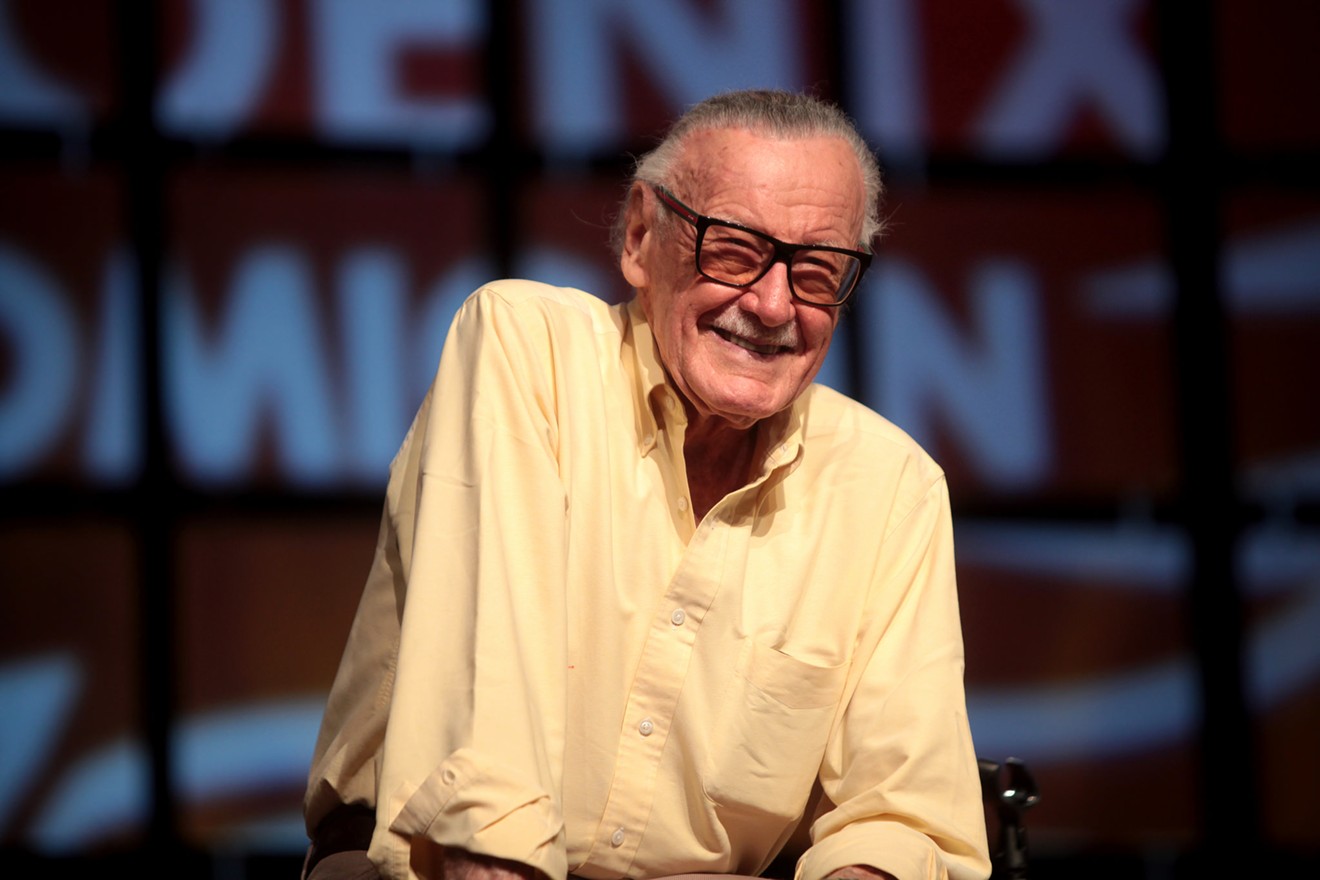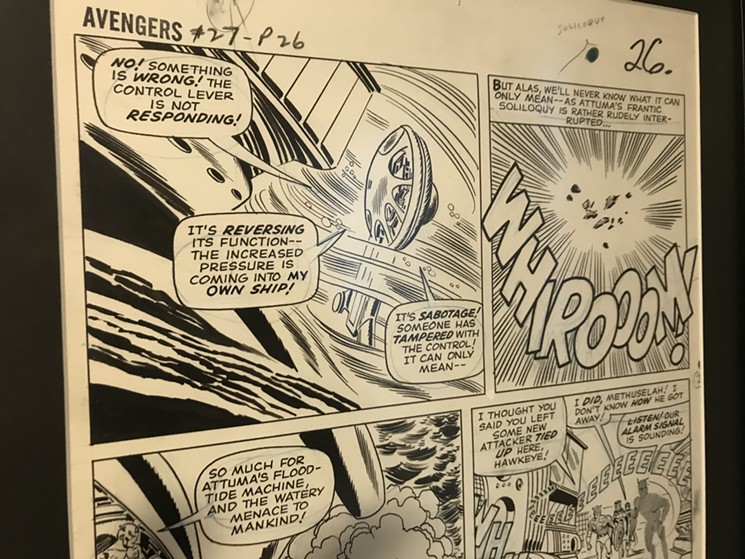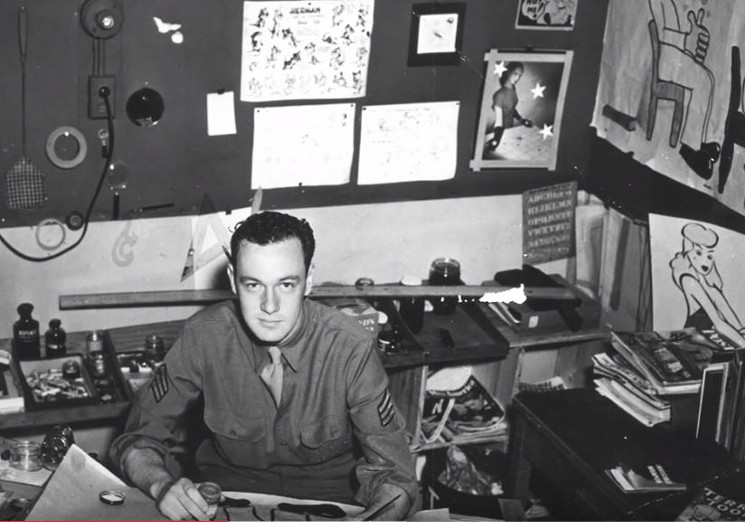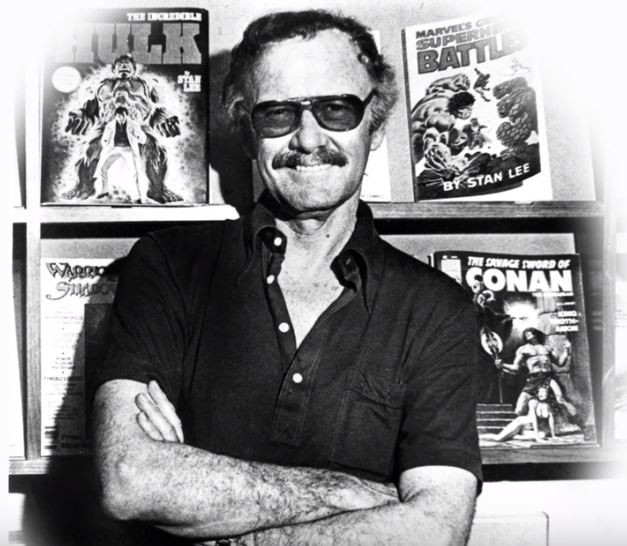When Stan Lee died on November 12, 2018, at the age of 95, it wasn't a surprise. Fans had known it was coming: His health had been declining; his beloved wife, Joan, had passed earlier in the year, and he was increasingly beleaguered with legal issues that were unbecoming of his legacy. For it’s an enviable and voluminous legacy that Stan “The Man” Lee leaves behind.
He was, after all, a visionary. To several generations of fans, he didn't just represent comic books and superheroes...that's what he was. His influence extends far beyond the four-color pages of the comic books with which he earned his fame. How, exactly, did Stan Lee change the world? In remembrance of “The Man” and his work, let us count the ways.
7. He Humanized Heroes
When Stan Lee came to Marvel, the company was tiny and struggling, not even yet called Marvel. Stan Lee may not have started Marvel, but he’s definitely responsible — with the help of fellow geniuses Kirby, Simon, et al. —for making Marvel what it is today. And he did it by bringing heroes down to earth. Prior to Stan Lee’s writing, most superheroes were just that: super. They were mythic, without much in the way of human foibles. When Stan Lee added that dimension, it opened up new vistas of readership and gave new readers more ways to connect to those characters. Superman was a monolithic force of good in a fictitious Metropolis; the Fantastic Four were a bickering family in Midtown Manhattan who just happened to have powers. It was the basic humanity of Marvel’s seminal super-team, frailties and failings and all, that drew readers to their adventures. And it didn’t stop there: Spider-man was just a poor orphan from Queens who lived with his elderly aunt. Daredevil was blind. The Hulk was a victim of his own rage, and Captain America was a man stranded in time. It was the human face of the heroes that allowed them to live long past the era that gave them birth. In making them more human, Stan Lee allowed superheroes to remain relevant, generation after generation.
6. He Used Big Words
There are a few pop-culture places that professional writers credit with extending their vocabularies when they were just kids — The Electric Company on PBS, Dungeons and Dragons, and yes, comic books. Especially Marvel comic books. And that means Stan Lee. Stan wrote pretty highbrow for the kid audience for which he was aiming — in part because he was also working to attract the intelligentsia in the ’60s, both students and educators alike. But Stan was never one to shy away from the big words — he’d include words that his own letterers had to look up. Just check the photo above: On the original page, above the art, they had to write down exactly how to spell the word “soliloquy” in order to use it in a panel caption. That’s Stan Lee’s diction in action; for all the superhuman power his stories showed readers, a strong sense of communication was the greatest power of all. Stan always ended his monthly columns with the sign-off "Excelsior!," which some translate to "ever upward" in Latin. It was certainly his philosophy — and if it meant readers had to run to a dictionary, all the better.
5. Stan Lee Had a Hand in Every Medium
Kids of the ’70s and ’80s came to know Stan Lee's voice as the narrator of such pop-culture standards as the Marvel LPs that were all the rage, or the much-beloved cartoon Spider-Man and His Amazing Friends. But those weren't Stan’s first forays outside of comic books and into other media: There were earlier cartoons in the 1960s, roughly animated but still-charming takes on Iron Man and the Fantastic Four, as well as the 1970s “Fireside” books put out by Simon and Schuster that were collections of older comic-book runs and original essays (and charming bombast) by Stan Lee himself. Also in the ’70s came the live-action Spideys, from the silent hero on Electric Company to the so-awful-it's-truly-amazing Spider-Man live-action TV series with Nicholas Hammond shooting rope-like webbing at some admittedly pretty uninspiring villains. Then came the much more successful TV version of The Incredible Hulk, and video-game tie-ins from the Spider-man Atari 2600 cartridge to the much more engrossing Questprobe games. By the ’90s, the mutants took over, with a popular X-Men cartoon, followed by the 2000 release of the X-Men movie in which comic-book storylines were finally being taken seriously by the big screen. That flick led to Spider-Man, which led to the cinematic universe we know now being possible. From comics to the literary world to television, video games and movies — none of it would be the same without Stan.
4. He Built the Bandwagon
Much has been made of Stan Lee’s relationship with some of the creative forces that helped shape the Marvel Universe in all of its glory, from Steve Ditko to Jack “King” Kirby. Some accused Stan of taking credit not due him, though Stan went to some lengths to address those concerns, especially later in life. But here’s the thing: For all his failings — and we all have them — Stan sincerely wanted everyone on the same team. That’s why he gave the creative staff at Marvel nicknames. That’s why he invited Marvel fans to be “True Believers” and “Face Front!” and join the ranks of Marvelmania. Was it hucksterism? Of course it was. It was true salesmanship. But it came from a good place. Stan wanted to create a community not only because it helped drive sales, but also because he thrived in that community. He loved it. Which is why he kept up a tireless schedule of convention appearances almost until his death, why he still appeared in cameos in every Marvel movie he could, why Marvel does all that it does for the fans. Because Stan Lee was pure bandwagon marketing — and it was one damn fun bandwagon.
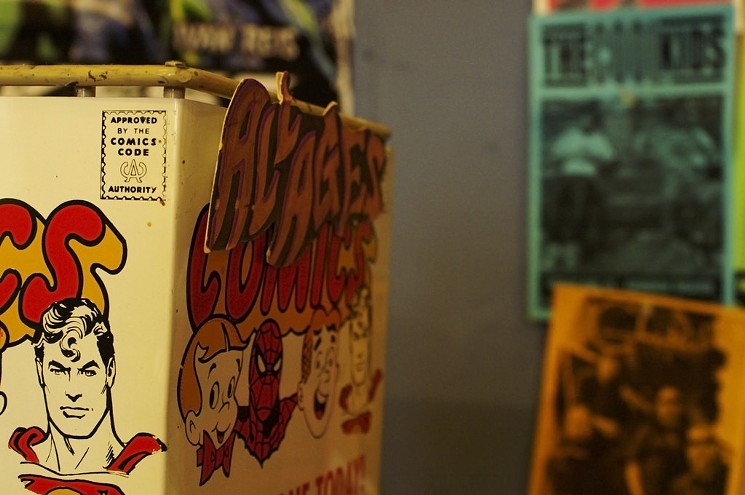
Tristan Bowersox at Flickr
Most of Stan’s famous storylines are philosophically charged. Arguably, this is most apparent in his character the Silver Surfer, who was a philosopher on a cosmic surfboard contemplating the big issues of the universe: life and what it means, even to a speck of dust in a comet tail or a spark of life on a small planet three out from an average star. “The choice between good and evil,” the Silver Surfer said in one of his early appearances in 1968, “is made by all who live, with every single heartbeat!” (Exclamation points were something of a Stan Lee standby.) Other choices were more metaphoric — the X-Men, it’s said, was drawn directly from the civil-rights movement; the Fantastic Four was inspired in part by the American/Russian space race and its unknown powers and fears. Other moves on Stan Lee’s part were more direct: In the face of overly strict Comic Code rules (forced by Fredric Wertham’s ridiculous, sensationalistic and far too influential Seduction of the Innocent, which argued that comic books were perverting young minds), he removed the Comics Code Authority seal from issues 96-98 of Amazing Spider-Man, then the company’s flagship title, so they could do the very important storyline on drug abuse that Marvel wanted. It was a major move by a major company, and for a storyline that won major acclaim from educators, health-care professionals and readers alike.
2. He Was the Quintessential American
His was a purely American success story. He was born to Romanian immigrant parents in 1922 New York City; his name was Stanley Lieber, and by the time he was a teenager, he was working odd jobs from newspaper sales to writing obituaries in order to help support his family in their one-bedroom, third-floor Bronx apartment. After graduating from high school, he started as a gofer at a small comic-book publishing company and then worked his way up. His career took a side path when he served in World War II, making training films and manuals with other soon-to-be luminaries, from Charles Addams to Frank Capra to Theodore “Dr. Seuss” Geisel. When he returned to the public sector, he continued to work in whatever he could, from comic books to Hollywood take-offs. Then came the Marvel revolution — a thing that, if not of his own design, was at least his own responsibility to publicize — and his fortunes rose. Stan Lee was proud and bombastic, but he was also generous and kind. He valued heart and hard work. He was positive, he was sunny, he was braggadocious, and he was winning. He was the best of America, because he believed in the dream. So did his many creations and co-creations. His was a world in which any of us could be heroes, whether we’d been bitten by a radioactive spider or exposed to gamma rays or cosmic rays or an experiment of our own making.
1. He Defined Heroism for Generations
And it was in being the quintessential American that Stan Lee was able to affect American culture so deeply. He drew from it purposefully, and it fed the Marvel machine in turn. Captain America was able to speak to the disillusionment of the Watergate era in a way other media could not. Heroes helped the weak and opposed the corrupt. Justice was a matter of tolerance and acceptance and strength. We were all stronger together. Authoritarianism — the same authoritarianism from which his parents had fled and which Stan Lee fought in World War II — was the true enemy of the people. Journalists were heroes, education was valuable, and intelligence was one of the most important values we had as Americans. It is with this vision that Stan Lee created the Marvel Universe, and that universe has bled into ours. These are the values of twentieth-century America, and Stan Lee helped illustrate them for minds both young and old. Stan Lee was one of the architects of the twentieth century, and as such, the echoes of his mighty influence will linger in our films, our literature, and our culture — both pop and otherwise. He was, indeed, “The Man.”
Excelsior.

